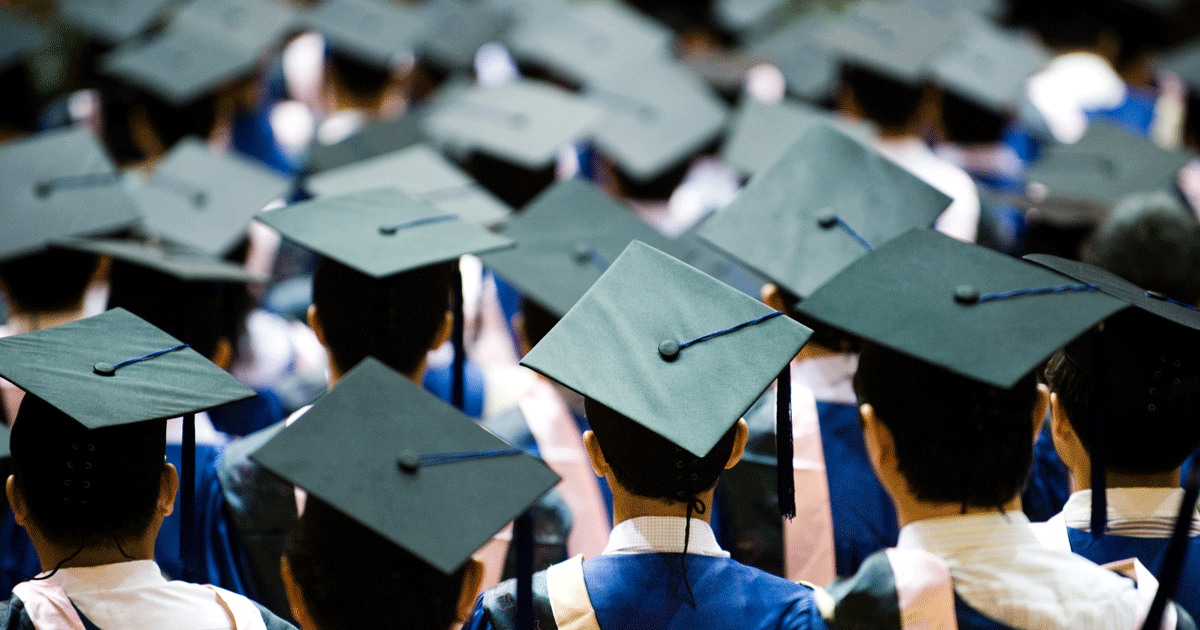Late last year, Stanford economist Raj Chetty and colleagues published an important set of data that measured just how many Americans achieve the American dream. They define the American dream as the ideal that a child will earn more money, and enjoy a higher standard of living, than their parents did. Economists refer to this as the absolute mobility. And under that measure, far fewer Americans are achieving the American dream than they used to.
The period after World War II, up until the early 70s, is often pointed to as the golden era of economic growth in the United States, with average family income growing at an inflation-adjusted rate of 2.6% annually. And growth was not only high but evenly spread, with bottom quintile incomes increasing 3% annually, and the top quintile averaging 2.5% annual growth.
As you might guess, this meant a high rate of absolute mobility. 92% of Children born in 1940 did better than their parents. And those that didn’t were generally individuals who’d grown up rich, giving them a smaller chance of earning more than their parents.
As economic growth slowed, absolute mobility rates started to decline. And then as the mega-forces of globalization and automation took hold in the 80s, decreasing the number of well-paying jobs available to less-skilled workers and increasing inequality, the absolute mobility rate dropped precipitously. For the 1980 birth cohort – who are now in their prime working years – just 50% are doing better than their parents did at the same age.
So to recap, if you were born in 1940, you were almost certain to do better than your parents. If you were born 40 years later, you had just a 50/50 shot.
The question, of course, is what to do about this? One obvious place to look is educational attainment. And sure enough, the story of educational attainment in America mirrors, almost exactly, the story of economic mobility in America.
Educational attainment
In a 2014 article in the New York Times, Eduardo Porter lays out the numbers. Today, just 30% of American adults have achieved a higher level of education than their parents did. And this number is going down, not up. Among 25 to 34 year olds, just 20% of men and 27% of women have achieved a higher level of education than their parents.
This is a profound shift from that high-mobility 1940 birth cohort. When they were born, America was near completing the transition to universal high school enrollment. And between 1915 and 1960, the relative supply of college educated workers (compared to high school educated workers) increased at a rate of 3% per year. Americans were getting more education than their parents had, and earning more than their parents did.
Somewhere along the line, however, this stopped happening. Harvard economists Claudia Goldin and Lawrence Katz, authors of the book The Race Between Education and Technology, report that the relative supply of college-educated workers continued to increase at a rate of 3.8% annually between 1960 and 1980, before declining to just a 2% annual increase between 1980 and 2005. Fewer Americans are now getting more education than their parents had, and mobility has stalled.
It should be noted that higher educational-attainment is not a panacea for reducing inequality. An increase in the number of college graduates will not have much of an effect on the exorbitant earnings currently flowing to the top of the income distribution. But for those in the middle and bottom of the income distribution, increasing educational attainment is the answer to declining rates of mobility. Today, roughly a third of working-age Americans have a bachelor’s degree or more, with another 9% with an associate’s degree. This leaves a lot of room to grow, a lot of room for children to gain more education than their parents.
But this won’t just happen on its own. As Porter points out, in the first half of the 20th century, increasing access to education was seen as a national project, a national priority. We understood that universal access to a high school education would provide both greater equity and greater productivity, and we brought the needed resources to bear.
It seems we’ve lost this broader sense of purpose, both as a nation and here in Michigan. From anti-poverty policy to k-12 education policy there’s a lot we can do to attack the problem of slowing educational attainment. But a place to start is with properly funding higher education so that all Michigan students who want a college education have equal access to it.
The funding of higher education in Michigan is currently placed squarely on the backs of students and families, with 70% of state university funding coming from tuition, and roughly 20% coming from state appropriations.
What this means is that for non-affluent students, the math on paying for college simply doesn’t add up. Even after maxing out federal loans and family contributions, they’re often still left with a large gap that they can’t pay for without saddling their parents with long-term debt. So despite the fact that the investment in a four-year college degree is clearly worth it, college becomes a far riskier proposition than it should be, and mere sticker shock can distort students’ decisions.
We need state policy that ensures all students can pay for college, anxiety-free. This can be in the form of higher funding for institutions, or far more state aid to non-affluent students, to fill the gaps in a student’s full cost of attendance. But until we publicly commit to doing this, and turn higher education into the public good it should be, the American dream has little chance of becoming a reality in Michigan.







